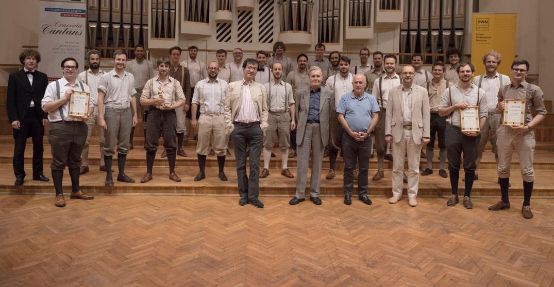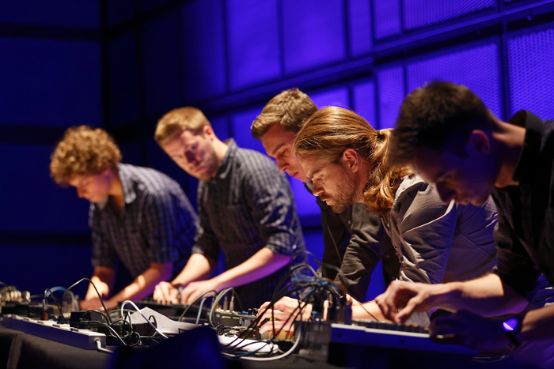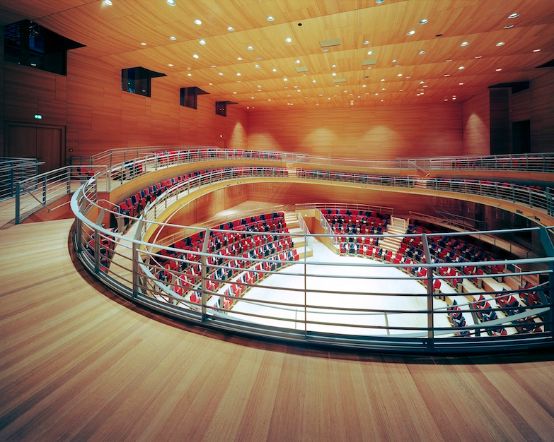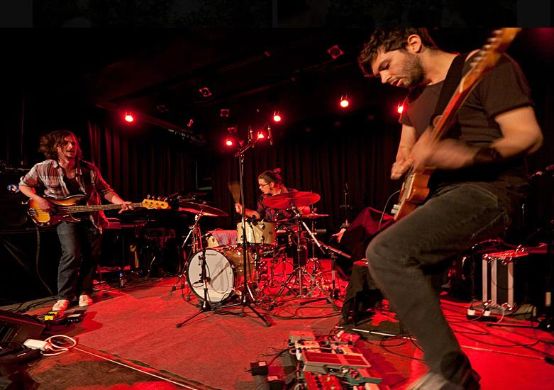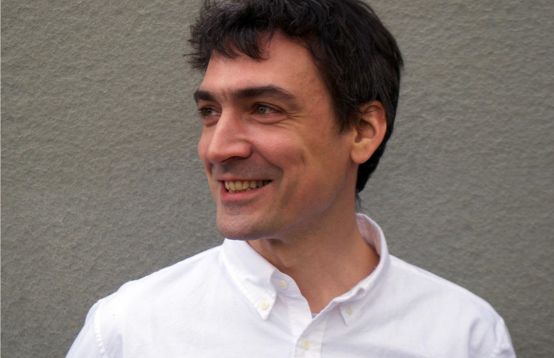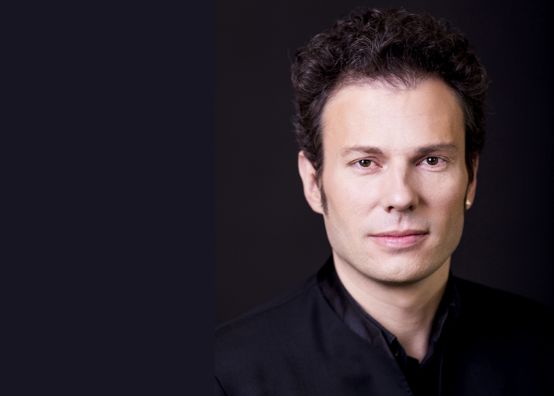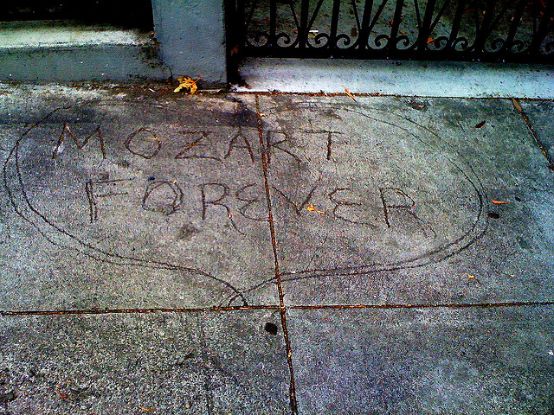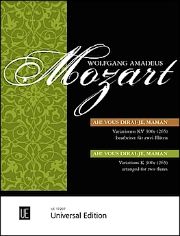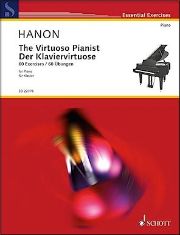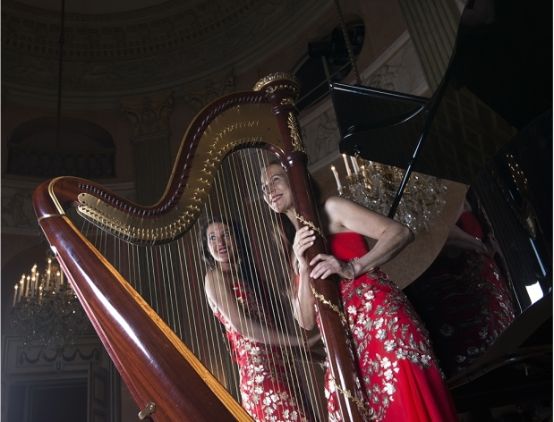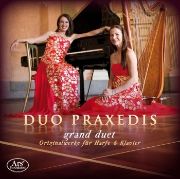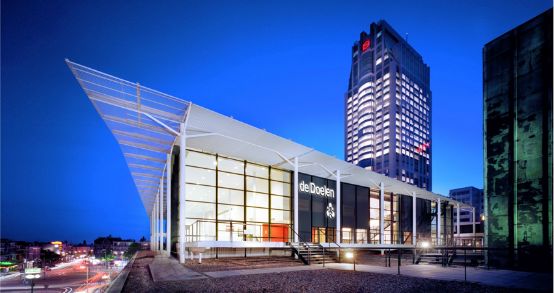Geneva's cultural sector under the microscope
The Haute École de Gestion de Genève was commissioned by the authorities to examine the importance of Geneva's creative and cultural industries. It accounts for an above-average share of the city's economy.
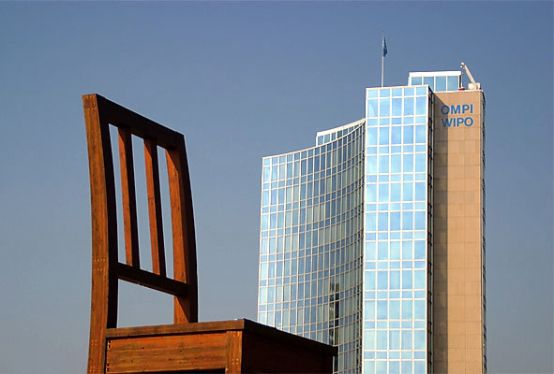
According to the Study "Le 'poids' de l'économie créative et culturelle à Genève", 6.2% of the 320,000 economically active people in Geneva work in the cultural and creative industries (CCIs). In Zurich, the figure is 7.4% and the Swiss average is 5.4%.
Geneva has specific strengths in arts and crafts, especially in the jewelry and clothing industries. Compared to Zurich, however, music is less important in the city on the Rhone. This also applies to design, architecture and the computer games industry. In Geneva, slightly less than 10 percent of CCIs are active in the music industry, compared to around 12 percent in Zurich and around 15 percent in Switzerland as a whole.
Geneva's per capita public spending on culture of CHF 817 is the second highest in Switzerland. Only in Basel are they higher at 998 francs. In the canton of Zurich, they amount to 336 francs.






